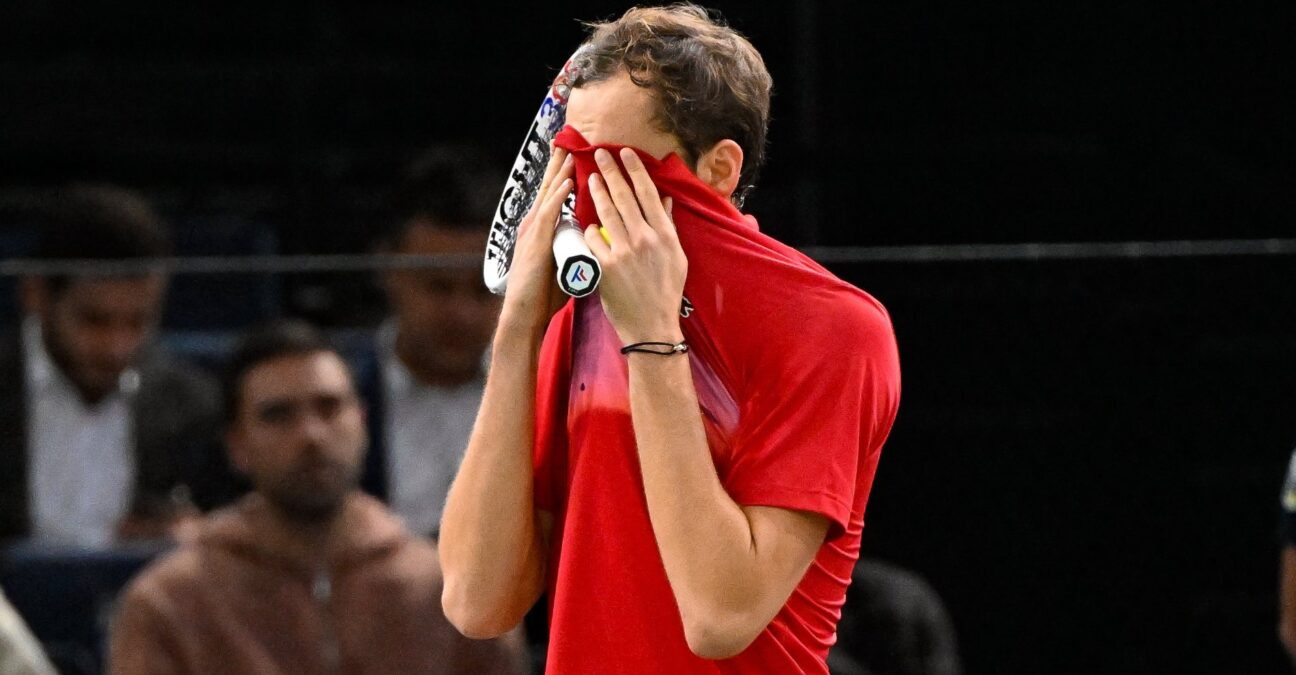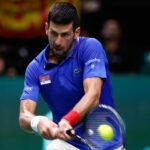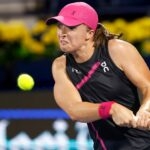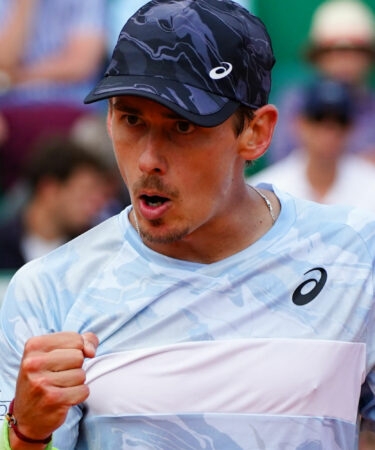“Since Covid, they all suck” – debate around tennis balls intensifying again at ATP Finals
Daniil Medvedev again highlighted the decreasing quality of balls on the Tour after his win over Alex De Minaur
 © Chryslène Caillaud / Panoramic
© Chryslène Caillaud / Panoramic
It has almost become routine. It feels each tournament is now accompanied by a debate on the nature of the playing conditions.
But there is one subject on which all professional tennis players now seem to be unanimous – the quality of the tennis balls in use.
Alexander Zverev, who is very sensitive to the issue as a member of the Players’ Council, touched on this issue on Monday after his victory over Andrey Rublev at the ATP Finals.
“Since Covid, companies have tried to reduce costs and now use a different rubber material, which does not keep the air inside the ball as well,” he said.
“As a result, the balls are between 30 and 60% slower than before the pandemic, but also of poorer quality. They are no longer as constant and no longer last as long.”
The subject is certainly not new, but it has seemed to intensify over the past months to reach a new level of disgruntlement in Turin, where even Casper Ruud, usually one of the most measured on this point, acknowledged the deterioration of the balls.
And when there is a subject that annoys, you can count on Daniil Medvedev to have his say on the matter.
“A lot of players say that the quality of the balls has decreased since Covid, that’s kind of my feeling too,” he confirmed.
Before, one of my strengths was my ability to stay in the rally longer than my opponents. Now, with these balls, anyone can do it.
“In 2022, I had my worst year and ended up opting for a softer string to make the ball travel faster in the air. Because it had gotten to a point where I just felt like I couldn’t make a single winner. It worked well.”
Before, one of my strengths was my ability to stay in the rally longer than my opponents. Now, with these balls, anyone can do it
“Normally, you don’t make this kind of change during a tournament but, since I lost my first match, I’m kind of already looking forward to the next season,” he added.
Similarly to Medvedev, Richard Gasquet had also, from the side-lines of last year’s Open 13, sounded the alarm on the “supermarket balls” (sic) that the circuit offers today.
It appears that players who rely more technique rather than power are disproportionately affected.
We recently discussed it, as part of the Orléans Challenger, with Tristan Lamasine, whose relatively slender physique (1.83m, 69 kg) has suffered a lot from the post-Covid ball revolution as he is now 441st in the world at only 31 years old, while he was in the top 200 in 2015.
“When I started on the tour, you could really distinguish between the different types of balls, those that were more lively, those that took spin better, etc. Since Covid, they all suck, at least all the players agree on that,” said Lamasine.
“The only positive point is that we can hit, it stays in the court. But for players who are not very strong like me, it’s a disadvantage. Normally, I move the ball forward with spin but the spin doesn’t take as it used to. So it’s more complicated to hurt the player in front of you. Where I used to need two or three forehands to make the point, now I need five or six. It’s more complicated, and much more physical.”
The issue goes beyond the simple technical observation, it has almost become a question of public health for the players, as Zverev concludes.
“The problem now with the balls is not that they inflate, it is that the air pressure drops drastically, and very quickly. That’s why many players have elbow or wrist problems. This was much less the case fifteen years ago. We will really have to look into the issue.”
It seems to be becoming one of the biggest issues for the decision-makers in world tennis and for manufacturers, who can no longer ignore the problem.





People in this post
More tennis news
Dubai Open: Muchova tested by Raducanu before prevailing to reach last 16

Dubai Open: Sabalenka eases past Kudermetova, books spot in last 16

Brilliant Berrettini stuns Djokovic to reach Qatar Open second round

Dubai Open: Swiatek crushes Azarenka to power into last 16

Dubai Open: Pegula races past Samsonova to reach last 16




